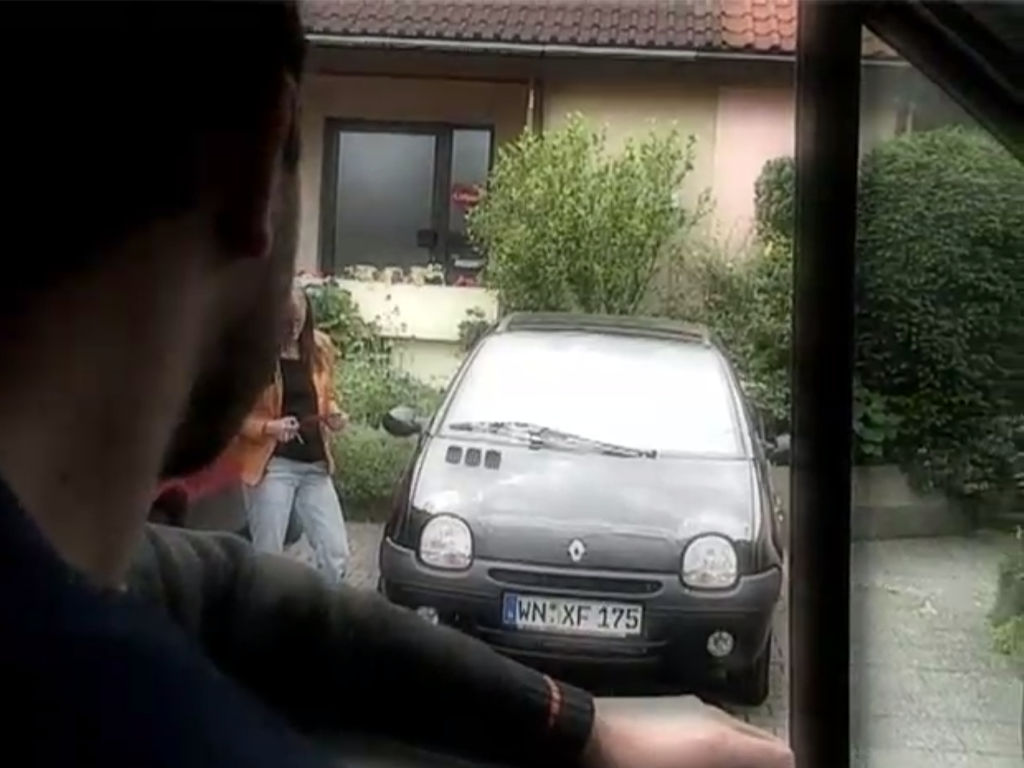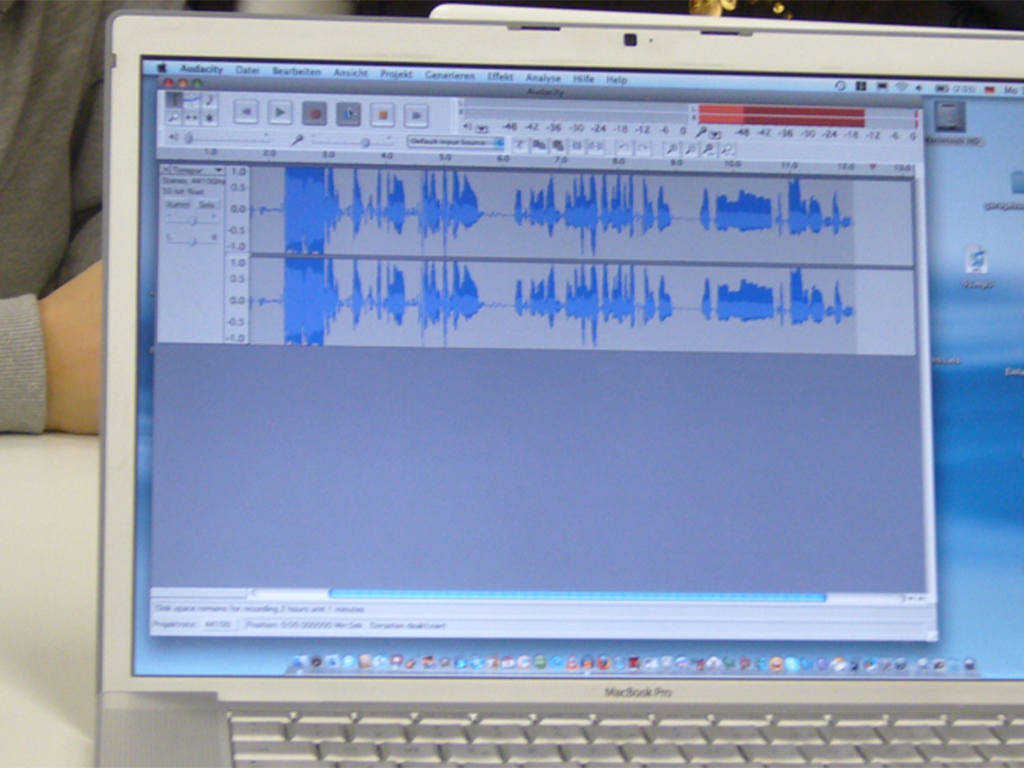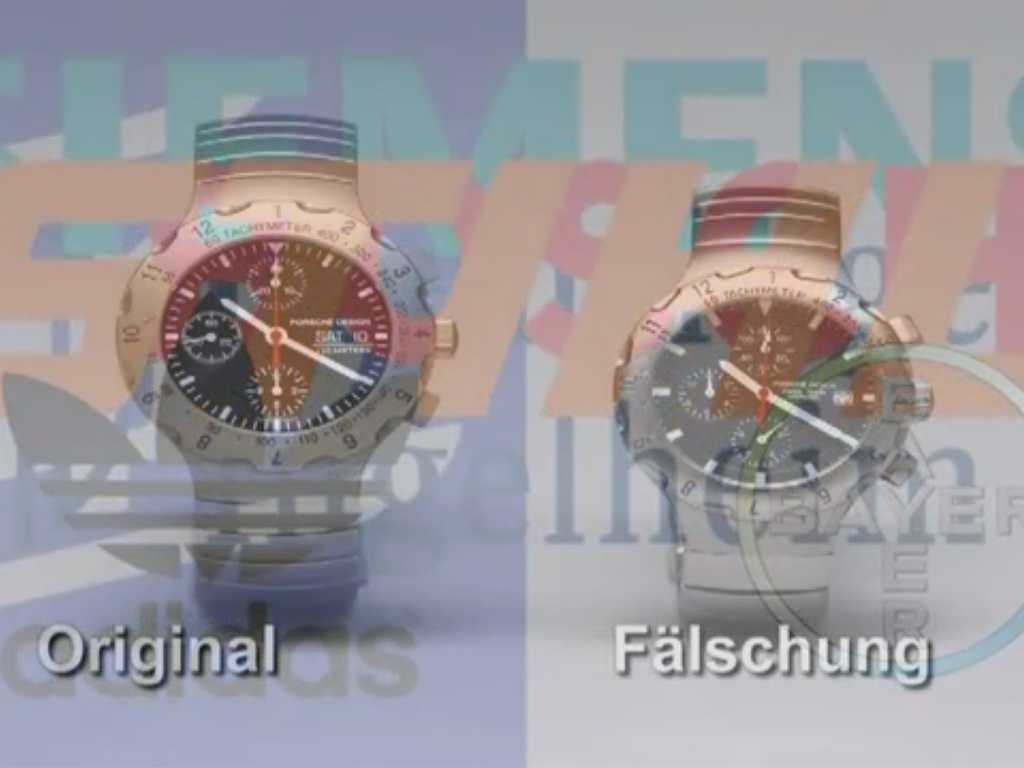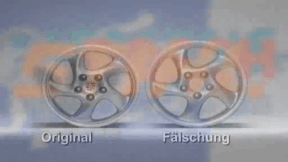 Primary School
Primary School
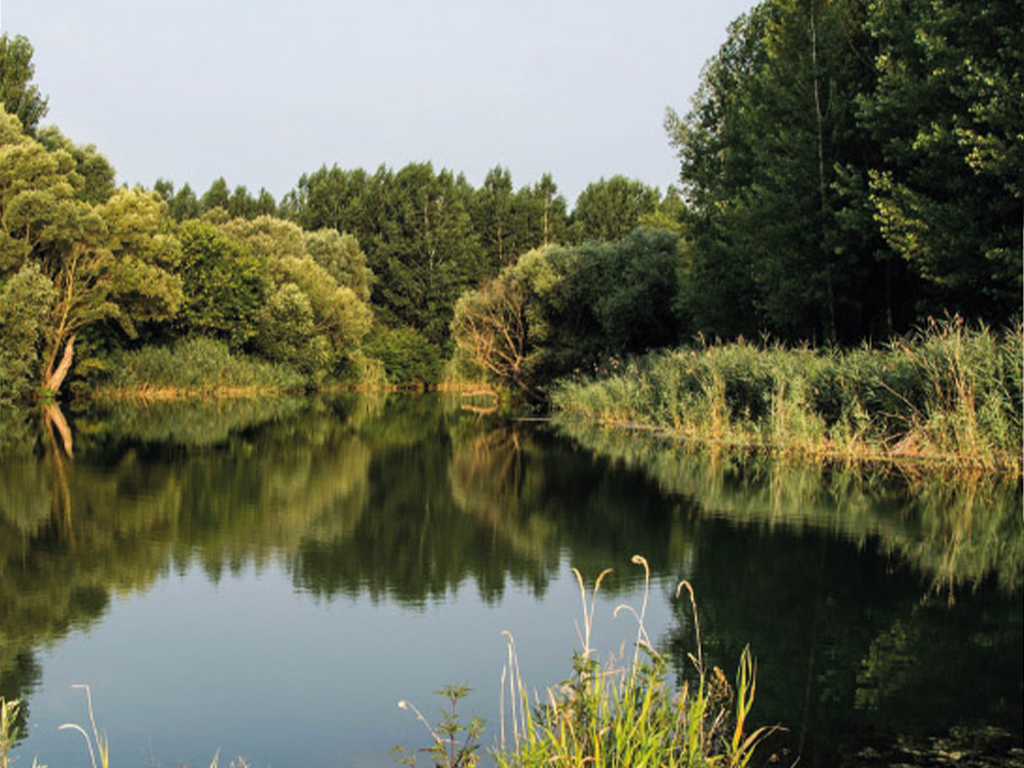

4677088 / 5564380
Riparian Forest
Biotope on the Water
A large area of Europe is covered by woodland. In Germany alone, the number of trees is estimated at about 90 billion at present. That means, in Germany there are more than 1,000 trees per inhabitant. But the forests and trees are not all the same. There are, for example, deciduous forests and coniferous forests, which are distinguished according to the tree species that grow there or were planted there by humans. Also the type and use of the forest for humans vary. In the Alpine regions there is a protective forest that shields people from avalanches or landslides. There are parks and forests that serve, above all, recreational purposes in people’s leisure time. And there are forests where trees are planted that grow particularly fast so that their wood can be used after only a few years when the trees are cut down. Besides all these types of forests, the riparian forest is another particular form of woodland. It comes close to our idea of a primeval forest because it grows wild and uncontrolled. And, like in a real jungle, there are often no paths through this forest and if you walk through it nevertheless, your feet get wet very quickly most of the time. Because there is always water in a riparian forest.
Play trailer

Curriculum-centred and oriented towards educational standards
Matching
Stalking
n Germany, 12 % of all federal citizens are pursued by a stalker once in their lives. And not only celebrities are among their victims! Everyone may be confronted with such a situation.
Podcasting
Today, the use of new media has become a matter of course not only in everyday life – schools and teaching, too, benefit from the new technologies and methods, which support active and independent learning. Especially in computer science, ethics and language courses but also in all other subjects, modern media are a valuable pedagogic and didactic asset. This DVD uses the example of podcasts to demonstrate how the possibilities opened up by new media can be applied in the classroom and how the pupils can be taught to handle them in a competent and target-oriented manner. The film is aimed at supporting the use of podcasts at school and encourages making them. This also requires the ability to find information on the Internet and assess it. The film informs on the functionality of podcasts and technical background as well as on the teaching and learning possibilities offered by podcasts – ranging from specific contents to superordinate learning targets such as the advancement of creativity and team spirit. The DVD is a useful support for teachers applying new media and wishing to show their pupils how to handle Running Time: 20:29 ms them in a sensible way.
Product Piracy
Counterfeiting takes place in almost all economic sectors – textiles, watches, car parts, machine parts, tools, accessories, software and medicines. Some counterfeits are easy to recognise, others are so well-executed that even experts have difficulty distinguishing between original and imitation. This DVD covers the development of a product from idea to manufacture. Once a product has become a trademark, product pirates appear on the scene.




